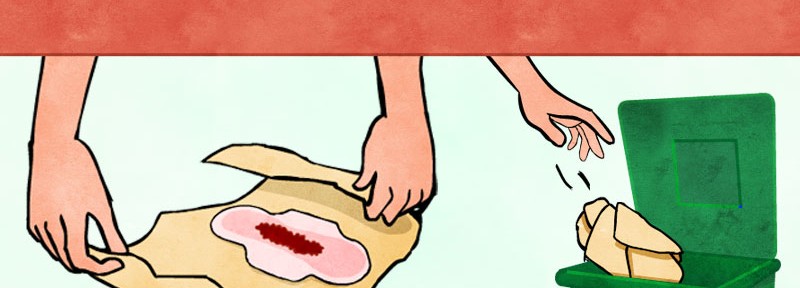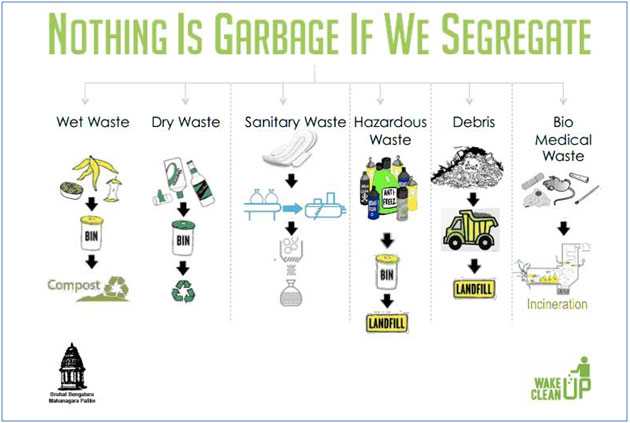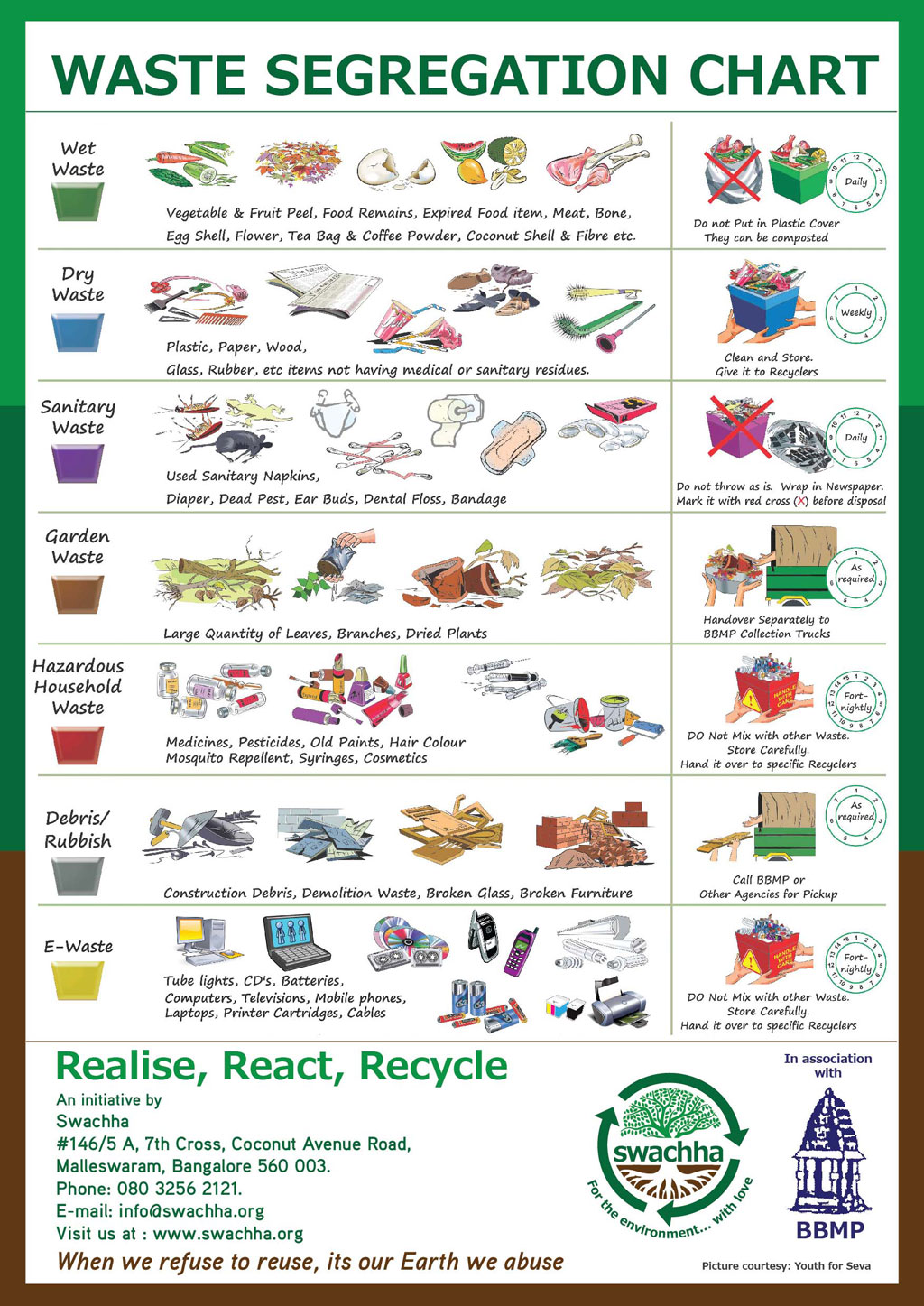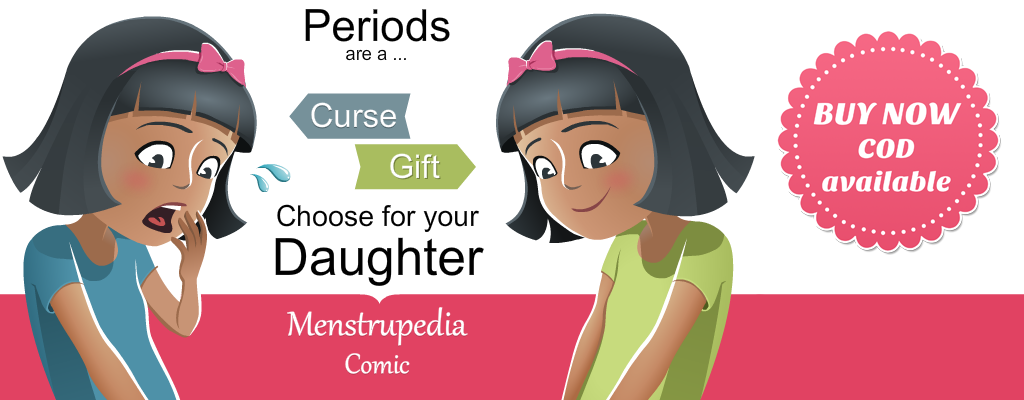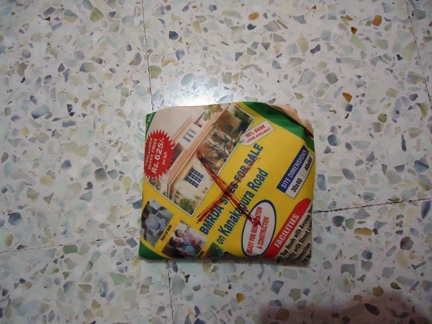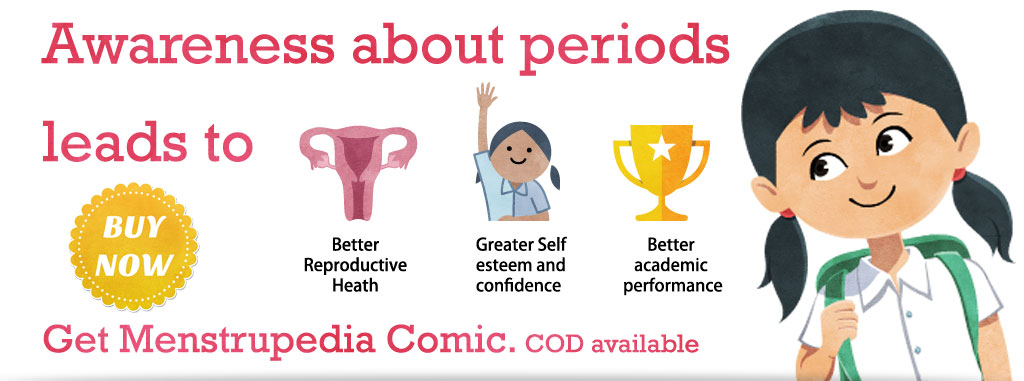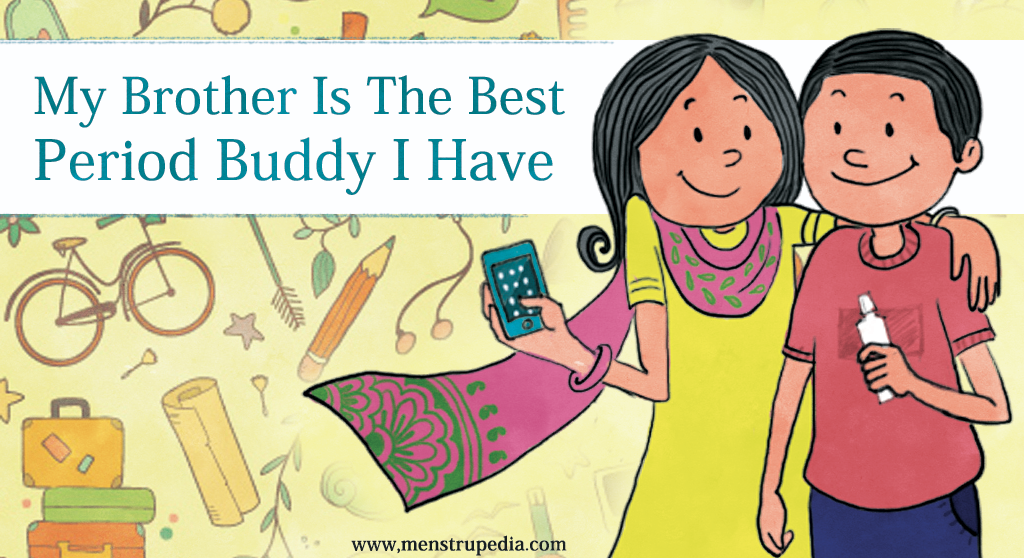We shy away from talking about ‘those days’ in public. There is common understanding between mothers and daughters that during ‘those days’, newspapers and envelopes should be kept aside at a convenient yet hidden place for the disposal of sanitary pads. If a male member sees you disposing off a bundled up newspaper, they would well ignore you but the quiet knowing look in the corners of their eyes would leave you feeling mildly disgusted.
This article is not about the shyness or discomfort that periods bring in. This is about how we must safely dispose sanitary pads. In many arguments on women’s hygiene and cleanliness, [inlinetweet prefix=”” tweeter=”” suffix=””]we forget what happens to disposed sanitary napkins that we leave behind in our dustbins.[/inlinetweet] Sanitary pads contain menstrual blood and are categorized as sanitary or bio-medical waste.
What is Bio-Medical Waste?
Any waste that contains bodily fluids are categorized as bio-medical waste. This means that along with sanitary pads – condoms, band-aids, diapers, adult diapers, cotton swabs and the like, fall under the category of bio-medical waste. The poster above clearly illustrates what comes under which category of waste. Segregation at the source is the best solution to the waste problems of any household, locality and country.
How and Why do we dispose Sanitary Pads safely?
A lot of women wash their sanitary pads before wrapping it in a newspaper or dumping it in a plastic bag. We need to carefully wrap it in a newspaper and put a red cross on it. Why the red cross? Our waste gets picked up by waste pickers who barely wear safety gear. We need to bear in mind that they go through all sorts of trash to collect what can be recycled by recyclers to be later reused. [inlinetweet prefix=”” tweeter=”” suffix=””]If you leave your sanitary pad unmarked, this gets opened by them.[/inlinetweet] We can’t change their lives overnight, but we can atleast mark our disposed menstrual blood to alert them about its contents. Recently, the waste pickers association in Pune sent back sanitary pads to the company that manufactured them. You can read about it here. Sanitary pads, needless to say, are perhaps women’s lifelines during menstruation but we must bear this in mind.
Are there options for reusable sanitary pads?
Yes. If we look at history, our grandmothers and even our mothers re-used cloth during “that time of the month”. Over time, the relevance of using cloth has been overshadowed by the use of disposables. Many feel that using cotton is unhygienic. It is true that it is unhygienic if you don’t clean it properly and dry it out. Several women hide this cloth and dry it out in damp places in order to hide them from men and other people. It may also not be convenient after having used thinner cotton disposables that don’t come literally with the baggage of having to clean up later. But today, we have smarter options that have evolved. . [inlinetweet prefix=”” tweeter=”” suffix=””]Cloth pads come with wings too![/inlinetweet] They’re comfortable and they’re safer for the planet. I’m told it only takes time to get used to them. Other options such as diva cups (menstrual cups) also exist, so do check them out!
So, what can you do about your disposable pads?
Wrap the pad in a newspaper neatly and mark it with a red cross. Don’t flush it down the toilet. See, if you can tie up with a bio-medical waste pick up system. If it’s too expensive, see if you can tie up with a nearby hospital or a doctor so that you can drop it off there. [inlinetweet prefix=”” tweeter=”” suffix=””]It’s our responsibility to keep the planet clean and green.[/inlinetweet] In Captain Planet’s words– The power is yours.
Author: Hamsa
Hamsa Iyer works as a consultant with India Water Portal in the community team. She believes in waste management and loves Captain Planet.
Editor: Divya Rosaline


